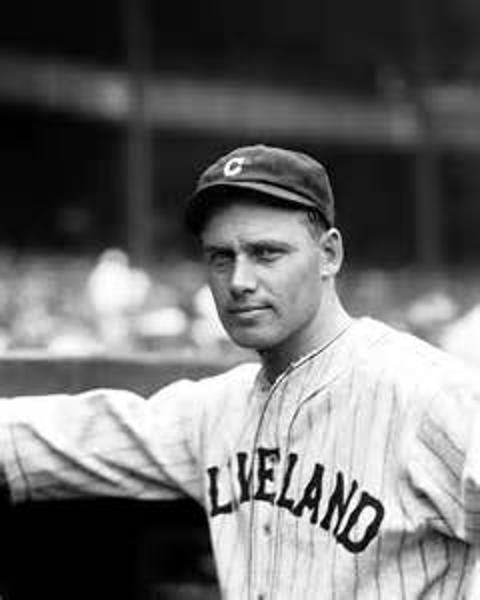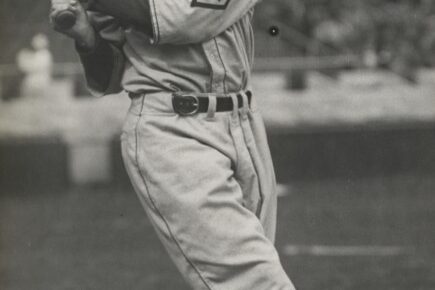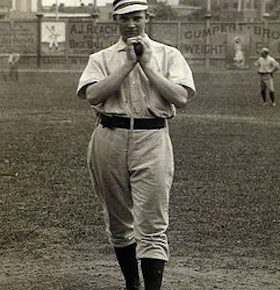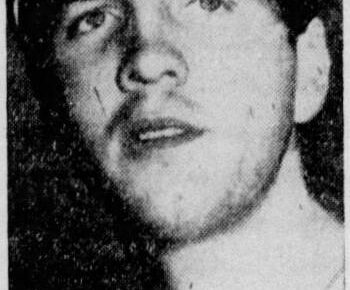As far as my research can glean Wes Ferrell only had one legitimate two-way season. He did a lot of pinch-hitting throughout his career, but only one season where he was a bonafide pitcher and position player. He may have also been a two-way player in a 1928 season in the minors, but there aren’t any fielding records for that year and I can’t just assume he took on the role of a position player as opposed to a pinch hitter.
In 1933 the Cleveland American League ballclub decided Ferrell had shown them enough in the preceding six seasons that he deserved to get a shot at playing the field more often. Cleveland was handsomely rewarded for their decision as the increased playing time for Ferrell resulted in his best season in total. Across 201.0 innings on the Mound Ferrell was a true hoss. He threw 16 complete games and belied a 4.21 ERA with a 3.98 FIP. He was slightly above average with an ERA+ of 107 and mostly hurt himself via bouts of wildness. In 13 games in left field Ferrell managed 161 plate appearances and a slash line of .271/.363/.471. His OPS+ of 115 placed him comfortably above average and his 7 home runs hinted at the true power in his swing. All told the 1933 season saw Ferrell put up an rWAR of 4.3.
There’s only one word that can describe the Greensboro native’s lone two-way season, a smashing success. He was a plus pitcher and hitter. He showed he could handle the workload and that he probably should have been given more chances in the field. With a new club in 1934 Ferrell was moved back to a pinch-hitting role. The thinking was that he was more valuable as a pitcher and in some ways his improved pitching stats back up this move. I have a hard time reconciling that with the batting stats left on the table because he wasn’t given his shot. Ferrell is a two-way should have been, and that makes the way he was handled super frustrating.
Lead photo courtesy of Unknown – Unknown




